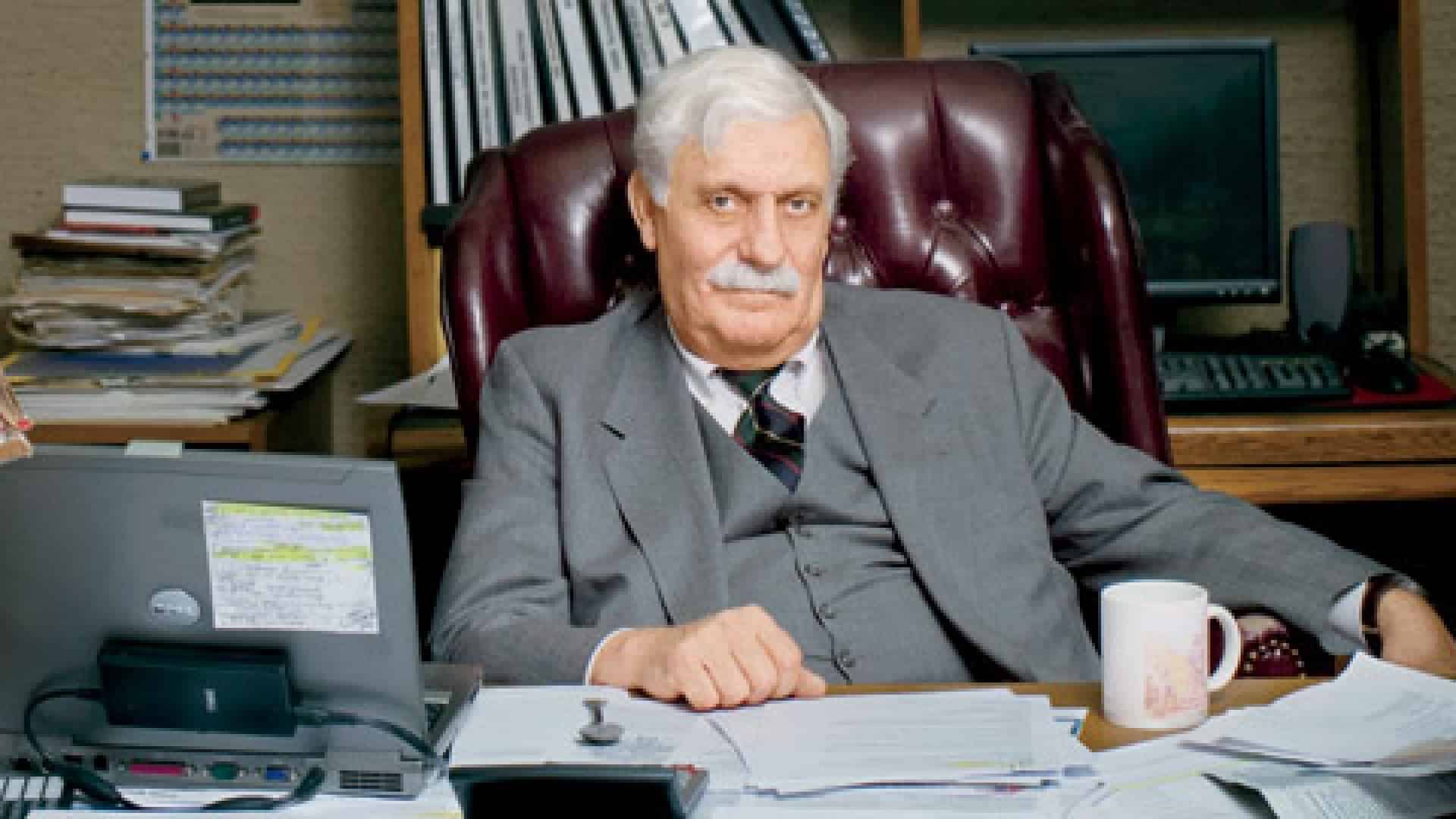Raymond Vahan Damadian, MD and inventor of the first magnetic resonance machine, died on August 3 in New York. He was 86.
Dr. Damadian was Man of the Year of the Eastern Prelacy (2001) and member of the Armenian American Healthcare Providers Organization (AAHPO). He was a distinguished speaker at the Armenian Medical World Congress in New York in 2009, hosted by AAHPO. He visited Armenia in 2019
Damadian was born on March 16, 1936, in New York City to Vahan and Odette (Yazedjian) Damadian. He earned his bachelor’s degree in mathematics from the University of Wisconsin–Madison in 1956, and an M.D. degree from the Albert Einstein College of Medicine in New York City in 1960.
A multi-talented individual, he studied the violin at Juilliard for 8 years, and played in Junior Davis Cup tennis competitions. Dr. Damadian met his future wife, Donna Terry, while he had a job as a tennis coach. The two married a year after he finished medical school, and they had three children.
Raymond said that he first became interested in detecting cancer when, as a boy of 10, he saw his maternal grandmother, with whom he was very close, die painfully of breast cancer.
Damadian’s research into sodium and potassium in living cells led him to his first experiments with nuclear magnetic resonance (NMR) which caused him to first propose the MR body scanner in 1969. Damadian discovered that tumors and normal tissue can be distinguished in vivo by nuclear magnetic resonance (NMR) because of their prolonged relaxation times. Dr. Damadian was the first to perform a full-body scan of a human being in 1977 to diagnose cancer. He invented an apparatus and method to use NMR safely and accurately to scan the human body.
Dr. Damadian was widely recognized for his groundbreaking inventions. In 2001, the Lemelson-MIT Prize Program bestowed its $100,000 Lifetime Achievement Award on Dr. Damadian as “the man who invented the MRI scanner.” He received a National Medal of Technology in 1988 and was inducted into the National Inventors Hall of Fame in 1989.
In 2003, the Nobel Prize in Physiology or Medicine was awarded to Paul Lauterbur and Sir Peter Mansfield for their discoveries related to MRI. Although Nobel rules allow for the award to be shared by up to three recipients, Damadian was not given the prize. The controversy over who played what part in the development of the MRI had gone on for years prior to the Nobel announcement, and many in the scientific community felt that the Nobel had not been awarded for the MRI for so long due to debate over Damadian’s role in its development.
Funeral services were held on August 8 at Dix Hills Evangelical Free Church in Dix Hills, NY. His Eminence Archbishop Anoushavan, Prelate, and the Religious and Lay Councils of the Eastern Prelacy extend their condolences to Dr. Damadian’s family and loved ones. May God console them and grant rest to his soul.

